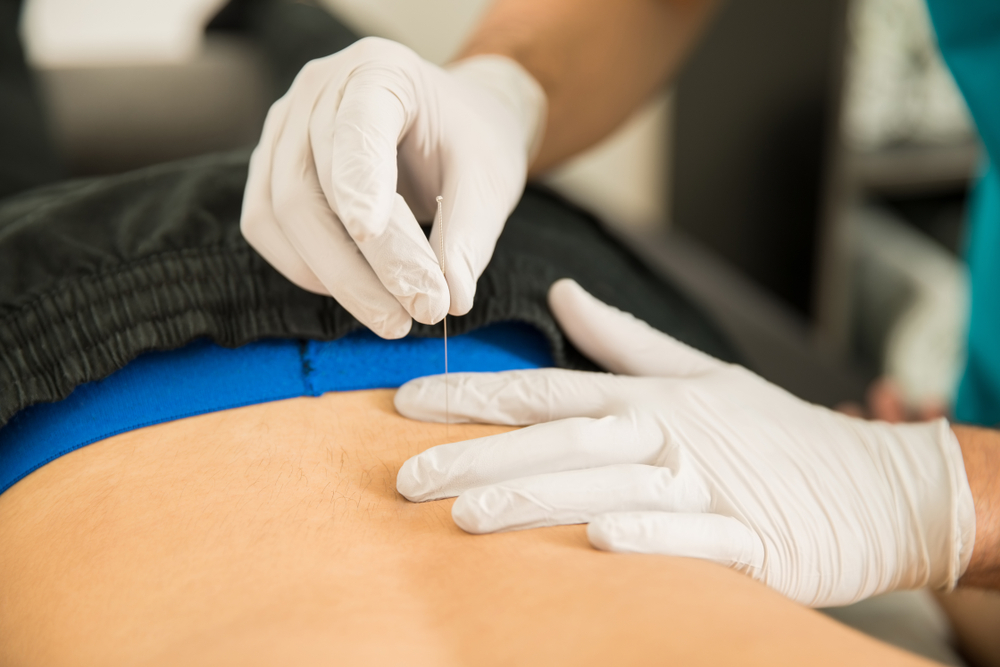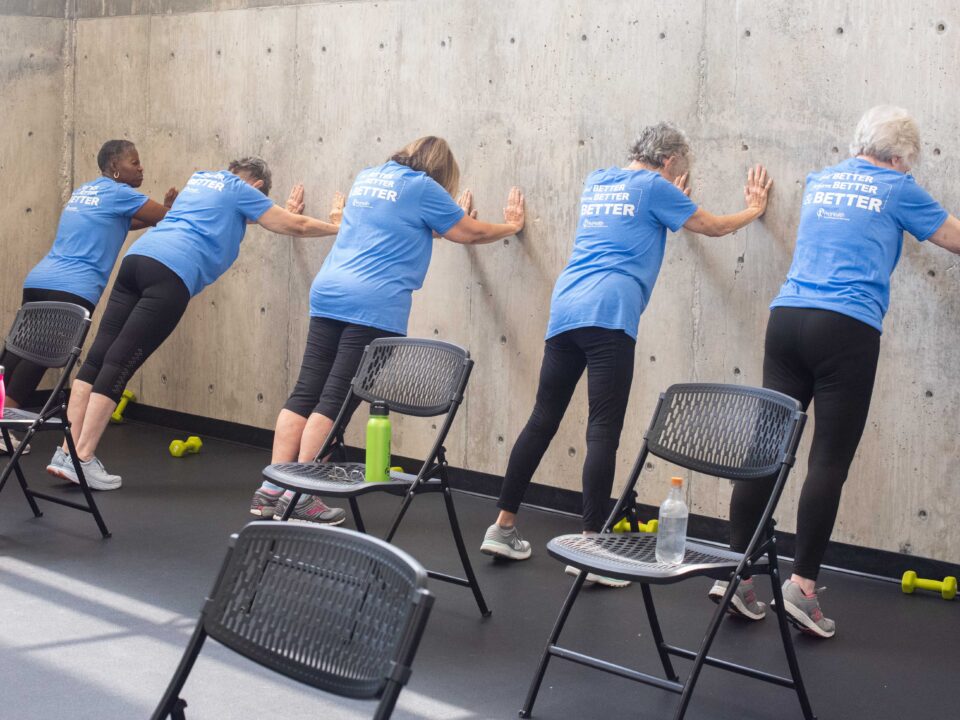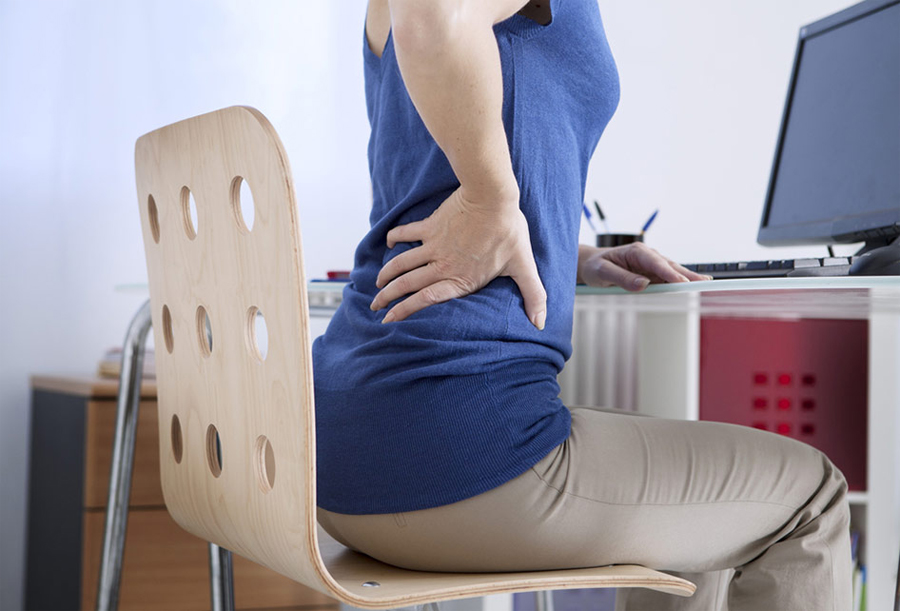- Mon - Fri
7.30 AM – 5.30 PM
Other hours upon request - 770-487-1931
What is Dry Needling? How does it work?

Despite people’s aversion to needles being poked into their skin – or, in many cases, downright fear – there is no denying the benefits from injections of certain kinds. Medical professionals use needles every day to send various substances into the bloodstream for direct healing, anesthesia, pain relief and other reasons.
But many patients are likely unaware of the positive effects that can be had from the needle itself, when administered properly.
There are actually two separate terms for medical needle use. Wet needling is the application of a liquid through the needle into the body. Dry needling is a method of using a needle without any additional medicine to provide muscle relief.
Dry needling has been around for nearly 50 years, according to Dr. Bethany Nelson, PT DPT, of ProHealth Physical Therapy and Pilates Studio in Peachtree City. It is used by physical therapists and other health professionals to treat these issues.
“A Czech doctor found that people were getting benefits from the dry needle without injecting anything,” said Nelson. “He found that people were getting pain reduction and improved muscle length by sticking a needle into a myofascial trigger point, which is basically a knot in the muscle.”
Trigger points shorten and tighten muscles in the body, often causing pain. Nelson described it as much like a rope in which a knot is tied, causing the overall rope to shorten in length and have excess tension at the point of the knot.
Dry needling uses an acupuncture needle to go directly into that myofascial trigger point to mechanically break it up – essentially poking holes in the trigger point, after which the body sends chemicals into the area to break it up further. It is not acupuncture, but it utilizes the same type of needle.
The needle itself does not typically cause a great deal of pain, but its insertion into the trigger point causes cramping and some contractions or twitches that let the health provider know it is in the right place to be effective. Some muscle soreness is common for a day or two after the procedure, similar to what can be felt after a heavy workout, but relief from the original source of pain can often be immediate.
Joint or disc issues, tendinitis, carpal tunnel syndrome, and pelvic pain are some of the issues for which dry needling can be part of the treatment plan.
“I treat a lot of tennis elbow and a lot of low back pain,” said Nelson. “Dry needling is one of the treatments that I utilize for sciatica.”
It might not be an appropriate form of treatment for someone who is pregnant or a heavy bleeder, as well as those with immune system issues or recent surgery. Patients with those conditions should consult a doctor first.
Nelson and the staff at ProHealth consider dry needling just one part of an overall treatment or therapy plan. If you think dry needling can help you, reach out to them and find out.
ProHealth Physical Therapy and Pilates Studio is located at 1777 Georgian Park in Peachtree City. To book an appointment, phone 770-487-1931.




